Turtle Tower: The Iconic Symbol of Hanoi’s Heritage
The Turtle Tower is a symbol tightly linked with the history, culture, and spirit of Hanoi. Rising boldly in the midst of Hoan Kiem Lake, the tower is evidence of the legend, architecture, and historical events that have molded Hanoi. Let MOTOGO Tours explore the history of Turtle Tower, a monument still inspiring both residents and guests.
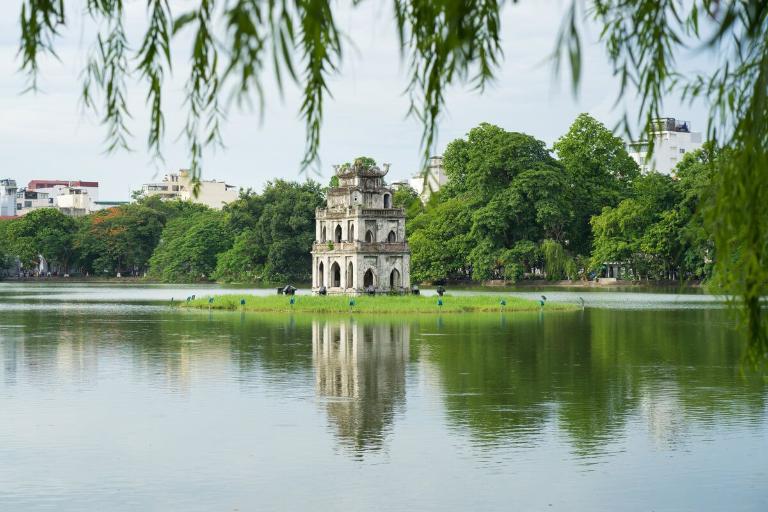
The Origin and Historical Background of Turtle Tower
Turtle Tower is one of Hanoi’s most iconic landmarks, with a history that stretches back centuries. Often covered in morning mist or brilliant underglow from the city lights at night, this modest, understated building sits elegantly on an island in the middle of Hoan Kiem Lake
The Legendary Origins: The Sword and the Golden Turtle
Starting with one of Vietnam’s most well-known legends—the tale of Emperor Le Loi and the mystical sword he used to fight the Ming invaders in the fifteenth century— Turtle Tower starts The story goes that Le Loi was a farmer turned rebel leader who established the Le Dynasty by leading his army to triumph against the Chinese occupants with a divine sword handed to him by the Dragon King.

A massive golden turtle surfaced, demanding the sword back, signifying that the conflict was done and peace had returned, while boating on Hoan Kiem Lake following the war. Understanding this supernatural message, Le Loi returned the sword to the turtle; the lake was then known as Hoan Kiem, “Lake of the Returned Sword.” Not only is this fable interesting, but it also is a fundamental component of Turtle Tower’s relevance.
Construction and Dynastic Changes
Turtle Tower’s present form originated in the 19th century under the rule of Nguyen Dynasty Emperor Tu Duc. Hanoi was going through a lot of change and turmoil late in the 1800s. The French colonists, who tightly governed the area and its people, controlled the city. Nguyen Huu Kim, a Vietnamese official, chose to erect the tower on a tiny island in the lake during this period, partly in honor of Le Loi and partly in order to offer a place for prayer.

French Influence and Colonial Impact
Hanoi developed quickly into a busy administrative and cultural hub during French colonial times. While the French brought Western architectural forms all across the city, Turtle Tower stayed unaltered by these developments with its very Vietnamese architecture. Representing the unbroken spirit of the Vietnamese people, it stood as a peaceful, symbolic protest against the flood of colonial influence.
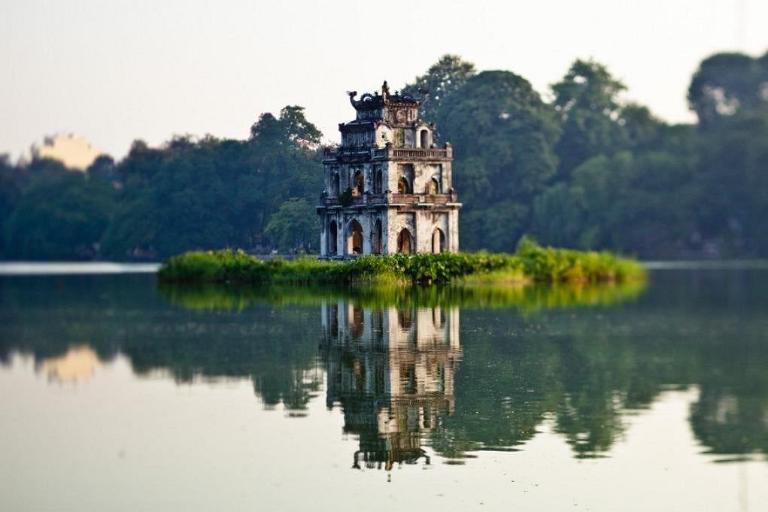
Fascinatingly, the French themselves valued the tower’s historical importance and elegant appearance. They unintentionally promoted it as a symbol of the special appeal of Hanoi by showing it in pictures, postcards, and paintings of the city. Still, Turtle Tower remained to the Vietnamese a symbol of national pride and resistance against foreign rule.
>>> Explore: History of Hanoi: A Journey Through Vietnam’s Capital
Architectural Beauty of Turtle Tower
Reflecting the numerous influences that have molded Hanoi over ages, Turtle Tower’s architectural splendor is a mesmerizing mix of simplicity, elegance, and historical significance. Though small in scale, the tower’s design is full with symbolic and aesthetic details that perfectly encapsulate Vietnam’s architectural legacy.
A Fusion of East and West
The architecture of Turtle Tower is a singular blend of Vietnamese traditional forms with subdued European inspirations. This mix captures the historical background of the 19th century, when Vietnam was under French colonial power, thereby gently influencing native architecture. Though clearly Vietnamese, the tower’s three-tiered construction also reflects features of French design, effectively harmonizing East and West.
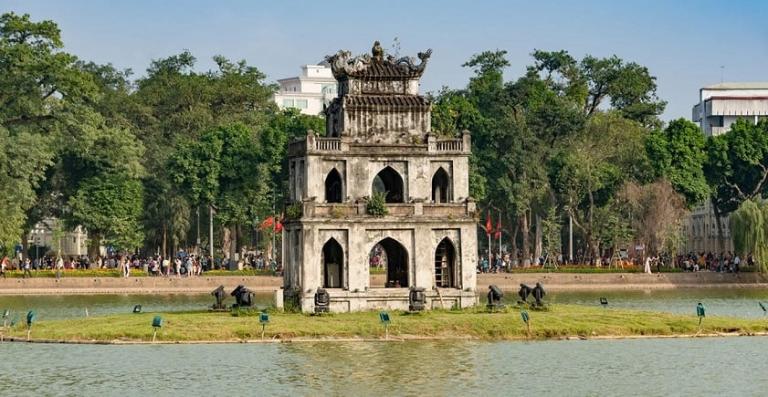
Broad and strong, the tower’s base represents stability and strength—qualities that speak to the tower’s position as a monument of resiliency. As it rises, its three tiers increasingly thin, producing a pagoda-like profile typical of traditional Vietnamese architecture. Along with stressing the tower’s link to the spiritual and historical traditions of Hanoi, this tiered design accentuates grace and proportion.
Symbolic Elements and Intricate Details
Turtle Tower’s architecture uses a number of symbolic devices reflecting Vietnam’s spiritual and cultural legacy. A little shrine evocative of old Vietnamese altars used for devotion and offerings dominates the highest part. This temple frequently reminds one of the famous Golden Turtle from Vietnamese folklore, therefore entwining the tower with the rich tapestry of legends in this land.

The tower’s softly carved windows and arches have rounded edges that soften its whole appearance and create openness. These arches, which mimic those seen in Gothic architecture, provide a subdued Western touch, hence strengthening the mystique of the Tower. The tower’s old appeal is enhanced by its weathered, moss-covered stone walls, which harmonize with Hoan Kiem Lake’s natural surrounds virtually endlessly.
Harmonious Integration with Hoan Kiem Lake
Architectural attraction of Turtle Tower stems mostly from its position on a small island in the midst of Hoan Kiem Lake. This scene accentuates the visual impact of the tower since it seems to float calmly on the lake. The mirror image created by the reflection of the tower in the lake doubles its visual presence and gives its already beautiful look a supernatural character.

Design of the skyscraper purposefully interacts with light and shadow. The tower’s inherent beauty is enhanced by the warm, golden illumination of sunrise and dusk. A magnificent focal point among the peaceful lake, the interaction of light on the stone surface accentuates its intricacies. The tower is usually lit at night, creating a gentle glow that reflects on the lake, hence accentuating its ethereal appeal.
>>> Explore: Temple of Literature | A Timeless Tribute to Vietnamese Education
Nearby Attractions of Turtle Tower
Visiting Turtle Tower provides more than simply aesthetic value; the surrounding area is full of interesting sites. Here is a quick view of some absolutely must-see locations:
1. Hoan Kiem Lake
Hoan Kiem Lake, or Sword Lake, is the heart of Hanoi. Particularly at sunrise and dusk, visitors can walk along its picturesque walkways, enjoy morning, and take amazing photos. A lovely place for leisure and discovery, Ngoc Son Temple is reached from the famous The Huc Bridge.
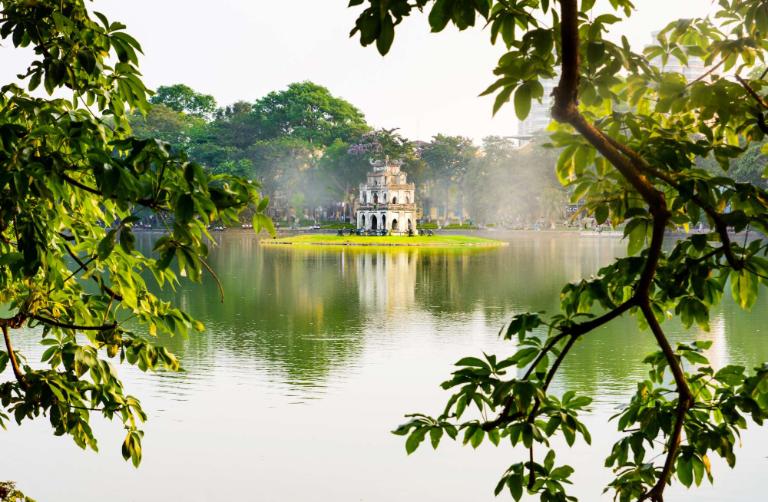
2. Ngoc Son Temple
Nestled on an island in Hoan Kiem Lake, Ngoc Son Temple honors General Tran Hung Dao, who vanquished the Mongolian invaders in the 13th century. Popular destination for people visiting the area this magnificent temple is a fusion of faith and history.
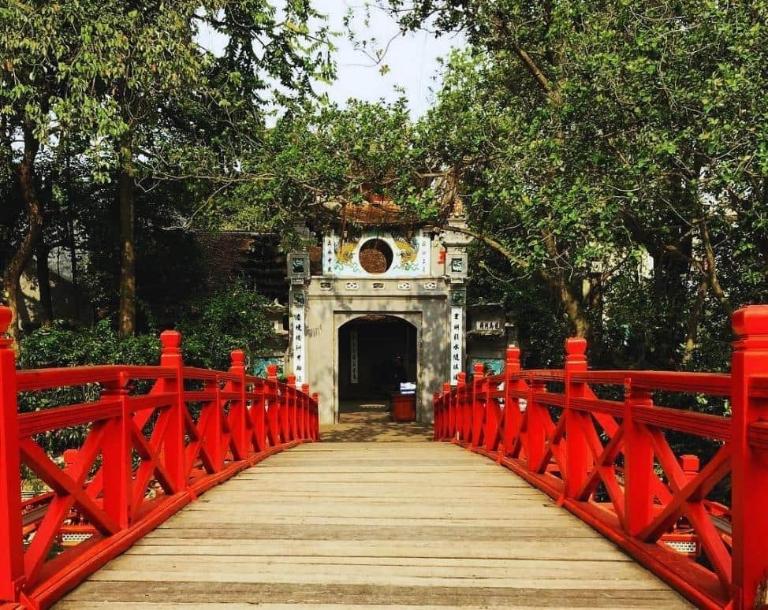
3. The Hanoi Opera House
A short stroll away lies the architectural marvel displaying French colonial design the Hanoi Opera House. To discover its breathtaking inside and learn about its past, visitors can go guided tours or watch events.
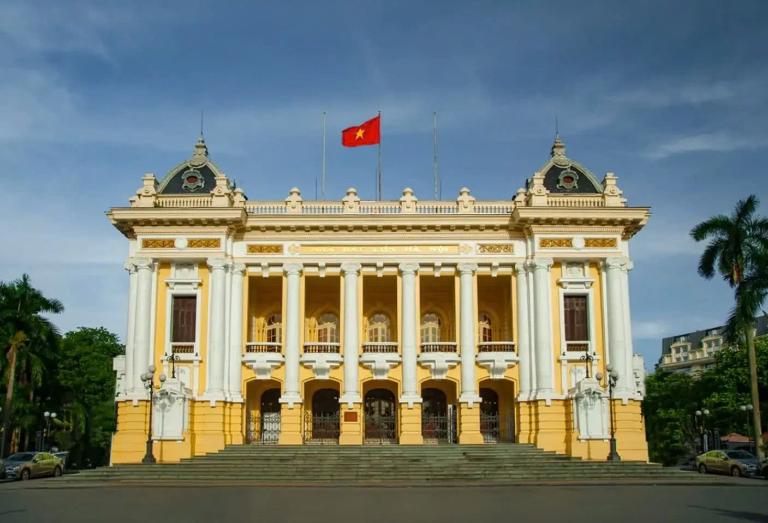
4. St. Joseph’s Cathedral
Built in the late 19th century, St. Joseph’s Cathedral is the oldest cathedral in Hanoi and roughly 15-minute walk from Turtle Tower. It is a must-see monument because of its neo-Gothic architecture, which features magnificent facade and stained glass windows.
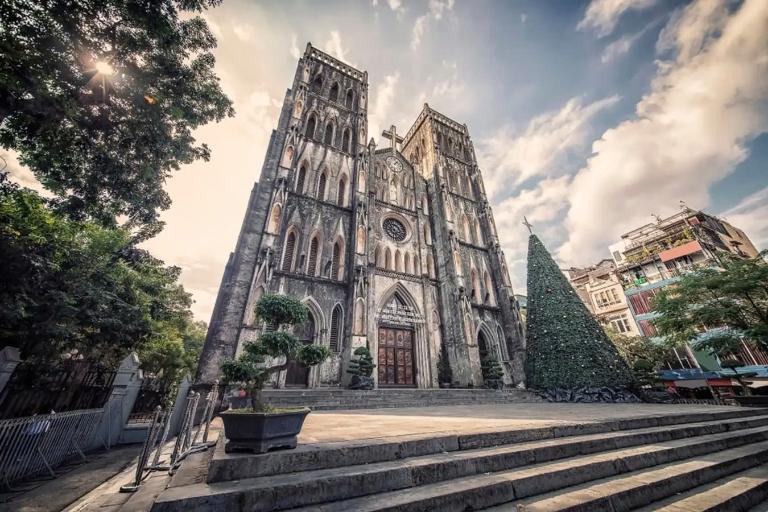
5. The Old Quarter
From Turtle Tower, a short walk finds you the busy Hanoi Old Quarter, with stores and restaurants lining the little lanes. This is a great spot to savor street food, browse for unusual mementos, and really absorb Hanoi’s rich culture.

A classic emblem of Hanoi and evidence of Vietnam’s rich past and culture, the Turtle Tower is Having endured over time, this historic building reminds us of the resiliency and spirit of the country. Visitors of the Turtle Tower can interact with the past and value the beauty and importance of this famous structure.
Related Posts:
- Thang Long Imperial Citadel: Explore Vietnam’s Timeless Heritage
- Ho Chi Minh Mausoleum: A Comprehensive Guide to Vietnam’s Iconic Landmark
- Dong Xuan Market: Hanoi’s Vibrant Cultural and Shopping Hub
- The One Pillar Pagoda: Discover Vietnam’s Cultural Jewel
- Co Loa Citadel in Hanoi: A Glimpse into Vietnam’s Ancient Past

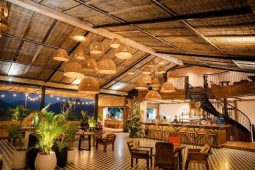







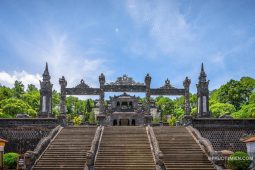
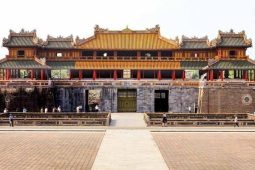


Be the first to comment!